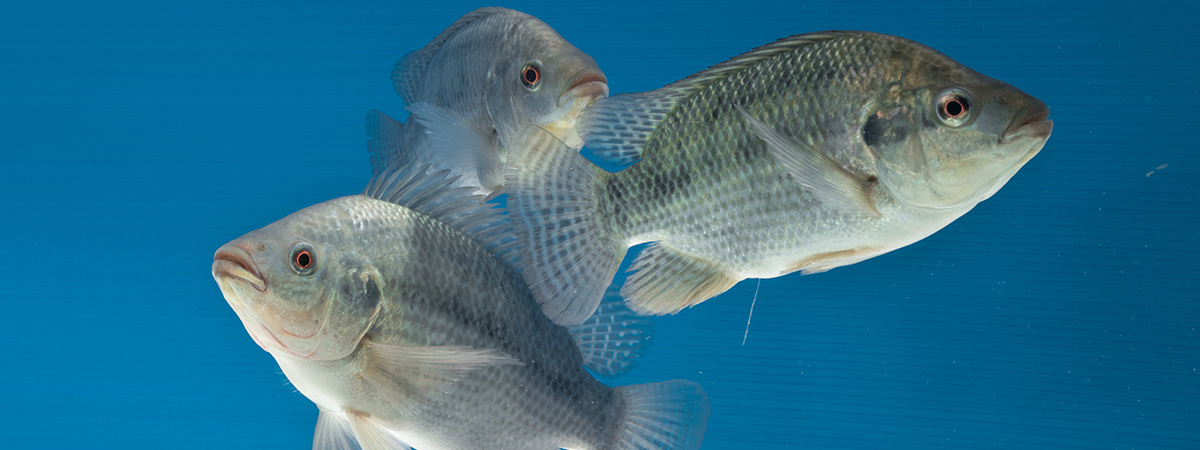Tilapia Lake Virus (TiLV) is an emerging aquatic disease associated with significant morbidity and mortality in Tilapia species in the Middle East, Asia, Africa and Latin-America. Eight countries have reported outbreaks of the new viral disease named “Tilapia Lake Virus” (TiLV) disease. The concerned countries are Ecuador (Ferguson et al., 2014), Israel (Eyngor et al., 2014), Colombia (Tsofack et al., 2017), Egypt (Fathi et al., 2017; Nicholson et al., 2017), Thailand (Dong et al., 2017b, 2017a), Taiwan (FIS, 2017), India (Behera et al., 2018) and Malaysia (Amal et al., 2018). Additionally, subclinical infections have been reported in wild and farmed tilapia in the Tanzanian and Ugandan basins of Lake Victoria, being the first report of TiLV from SSA (Mugimba et al., 2018).
In summer 2009, massive losses of Tilapia were observed in several fish farms in Israel. Very high mortality of Tilapia was described in all sizes. The disease outbreak was transmitted readily from one pond to the next one indicating to be highly contagious. Morbidity and mortality was clearly limited only to Tilapia species and hybrid tilapia. (Oreochromis niloticus X O. aureus hybrid) Tilapia that survived the initial outbreak in the same ponds appeared to be more resilient than naïve Tilapia if exposed to further infections. Gross lesions were mainly characterized by unilateral or bilateral ocular alterations (cataract). Other lesions observed in diseased pond-raised Tilapia included skin erosions and moderate congestion of the spleen and kidney.
Eyngor et al. (2014) successfully isolated from diseased fish the etiological agent responsible for massive mortality in Tilapia. The virus was designated Tilapia Lake Virus (TiLV). Disease outbreaks are often characterized by massive secondary bacterial and parasitic infection, leading to mortality rates of over 50% in juvenile Tilapia populations.
The survival of fish that survived the TiLV disease strongly suggests that an effective immune response against this pathogen can be mounted. This characteristic of Tilapia has important implication for future disease containment strategies.
This disease process may endanger the rapidly developing Tilapia industry, worldwide. TiLV is thought to represent a significant threat to the global tilapia industry, which recorded a production in 2015 of 6.4 million tons with a value in excess of USD 9.8 billion (EUR 8.7 billion). Worldwide trade was valued at USD 1.8 billion (EUR 1.6 billion). Tilapia is the second-most traded aquaculture species and one of the world’s most important fish for human consumption.
While there is currently no vaccine available against TiLV, Phibro Aqua Israel is working to develop one. However, a diagnostic test is available, and authorities are being urged to use it to rule out the virus as the cause of unexplained mortalities.
What You Will Learn
All curative and preventive measures which need to be implemented in Tilapia farms in order to minimize the losses involved in TiLV outbreaks.



